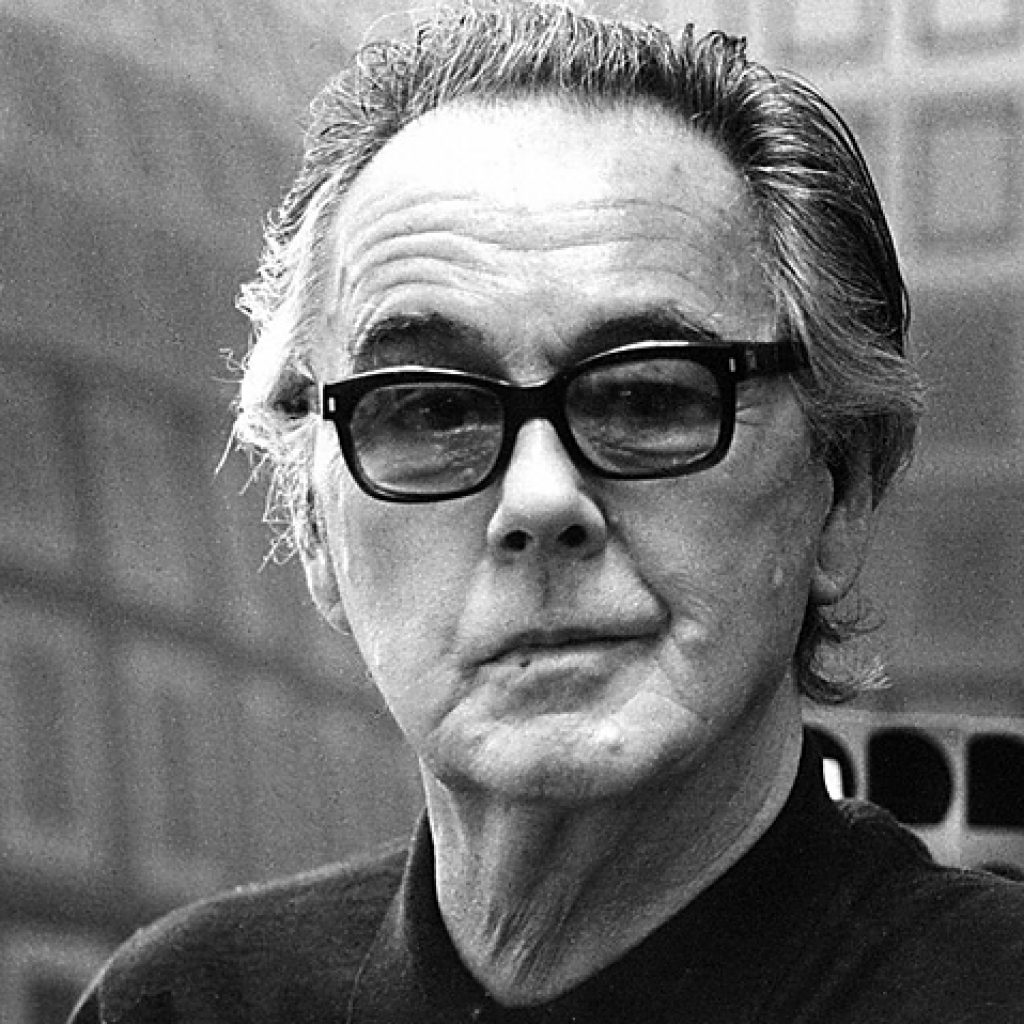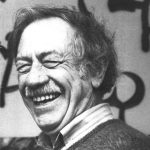Victor Vasarely
Pécs, 1906 – Paris, 1997
Victor Vasarely was born in Pécs, Hungary, on April 9, 1906. He interrupted his medical studies in 1927 to devote himself to artistic practice and after two years he enrolled in the school founded by Alexandre Bortnyik on the principles of the Bauhaus, a period in which he was influenced by abstract art. In 1930 he began to work in Paris as a graphic designer laying the foundations of his aesthetic research.
His production was characterised by several periods: between 1935 and 1947 he focused particularly on portraits, landscapes and still-lifes. In 1947 he switched to abstraction and the use of natural materials, particularly in the so-called “Belle-Isle” period, which ended in 1958. The Denfert-Rochereau metro in Paris inspired the cycle of the “Denfert” period (1951-58), which partially overlaps both the “Cristal-Gordes” period (1948-58), characterised by contrasts between colours, and the “Black and White” period (1950-65). The same graphic themes of the latter are taken up also in the “Vonal” period (1964-70), in which however the colour is added to the studies on the movement. In 1968 the “Vega” period began, in which he created his famous optical effect of swelling the surface of the work.
Among his most important exhibitions and initiatives can be noted the exhibition together with other representatives of kinetic art at the Denise René Gallery in Paris in 1955, the year in which he also published his Manifeste jaune, the exhibition of optical art “Responsive Eye” at the Museum of Modern Art in New York in 1965 and the creation of the Vasarely Foundation in Aix-en-Provence in 1976.


